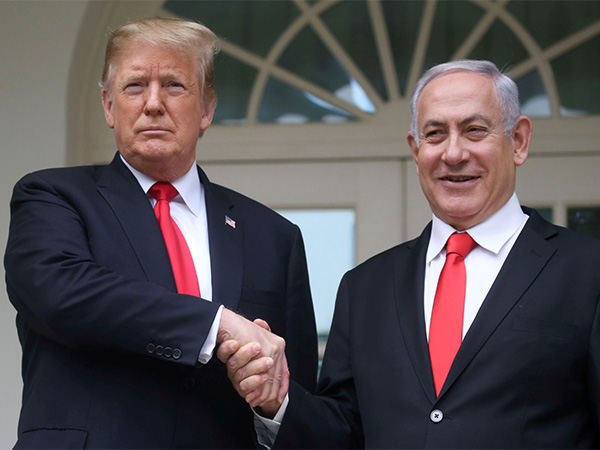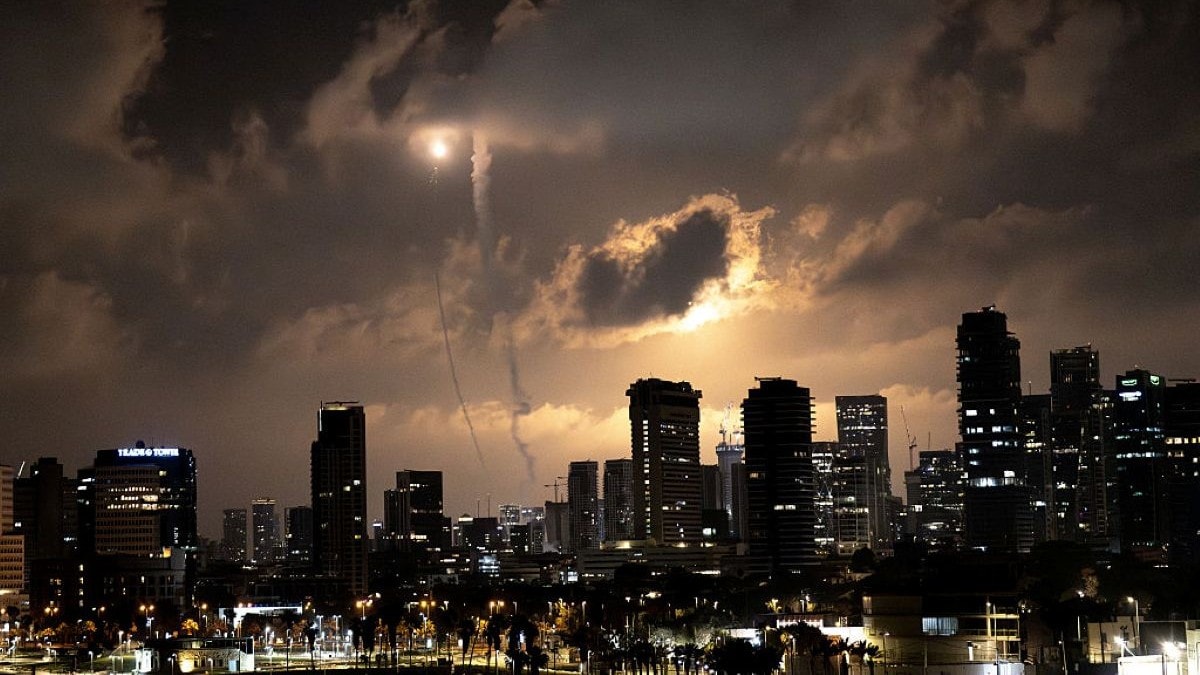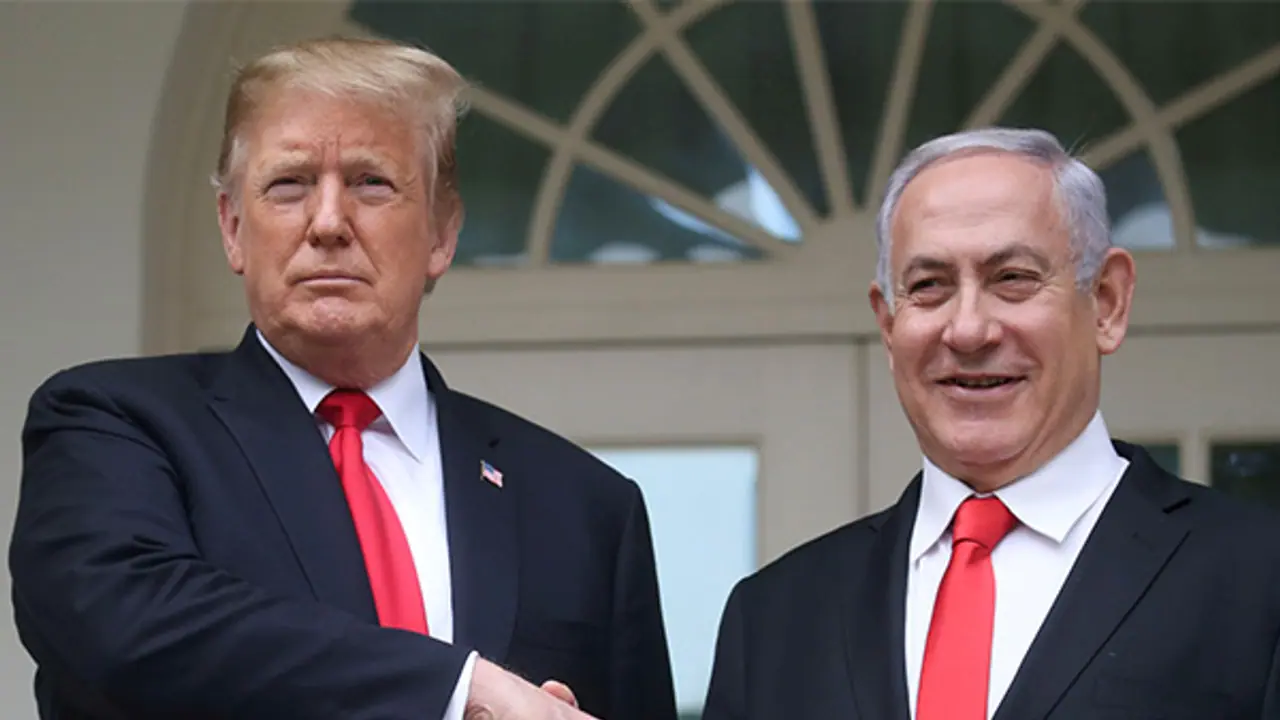The US joins Israel in targeting Iran’s nuclear sites as tensions reach a breaking point. With Fordow under fire, the world watches for what comes next.
In a dramatic turn on Saturday night, US President Donald Trump announced that American forces had struck three of Iran’s key nuclear facilities: Natanz, Isfahan, and Fordow. This marked the first confirmed US military action targeting Iran’s nuclear infrastructure in the ongoing conflict, now entering its second week.

Calling the operation “very successful,” Trump claimed the strikes were coordinated with Israel’s ongoing offensive, raising alarm across diplomatic and security circles. Among the targets, the Fordow enrichment site drew the most concern due to its strategic importance and role in Iran’s uranium processing.
Natanz: The Main Site of Enrichment
The Natanz facility, located around 220 km southeast of Tehran, has long been Iran’s primary uranium enrichment center. It houses two key buildings: the Fuel Enrichment Plant (FEP) and the Pilot Fuel Enrichment Plant (PFEP).
Previously hit by Israeli attacks, the site had been enriching uranium up to 60% purity, still short of weapons grade but dangerously close. The FEP, partially buried underground, hosts multiple centrifuge cascades that enable high-speed uranium enrichment. After an Israeli strike severed power, the International Atomic Energy Agency (IAEA) confirmed that most of the centrifuges were likely disabled.

Fordow: Protected But Not Untouchable
Fordow lies roughly 100 km southwest of Tehran, hidden deep beneath a mountain, a design intended to shield it from aerial attacks. Equipped with multiple anti-aircraft systems, Fordow was once believed to be among Iran’s most secure nuclear sites.
Construction of the facility began in secrecy as early as 2007, though Iran formally acknowledged its existence only in 2009 after US and Western intelligence agencies had already discovered it.
The facility contains centrifuge cascades, though on a smaller scale compared to Natanz. Its subterranean structure makes it a potential target for advanced "bunker buster" weapons like the US GBU-57 A/B Massive Ordnance Penetrator, capable of reaching deep into hardened targets before detonating.
Isfahan: Scientists, Reactors, and Conversion Work
The Isfahan nuclear complex, about 350 km southeast of Tehran, serves as a hub for Iranian nuclear research. It employs thousands of scientists and houses three Chinese-built research reactors. More notably, it hosts a uranium conversion facility, a key element in processing uranium for enrichment.
Israeli strikes recently targeted several buildings within the Isfahan site. Though visibly damaged, the IAEA has so far detected no radiation leakage or increase, suggesting the reactors themselves were not hit.

World War III Fears Fuel Online Frenzy
Trump’s threats to carry out further “precision” strikes unless Iran “makes peace” have added fuel to an already unstable situation. On social media platform X (formerly Twitter), hashtags like #WorldWarIII quickly began trending in the US, showing widespread unease.
Although many posts were filled with memes and satire, the underlying anxiety is very real. With three nuclear facilities struck in one night and two powerful military powers now openly coordinating attacks, the stakes have climbed dramatically.
Whether this marks the beginning of a broader war or remains a controlled escalation will depend on what Tehran does next.


